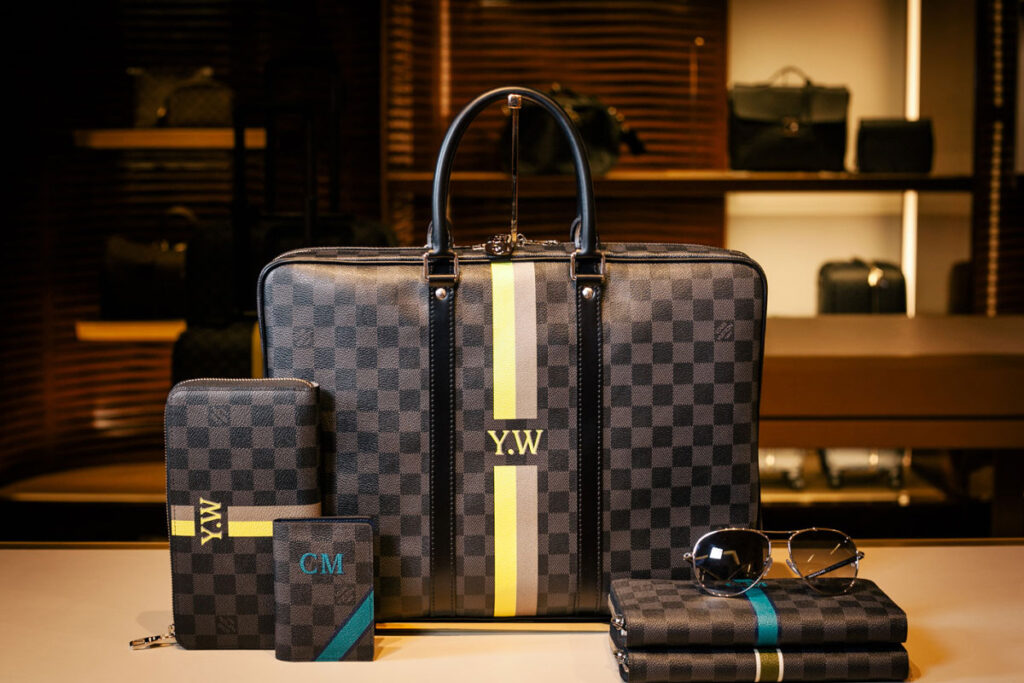When it comes to luxury fashion, few names resonate as powerfully as Louis Vuitton. This iconic brand has stood the test of time, evolving from a humble trunk-maker in Paris to a global symbol of sophistication, craftsmanship, and style. In this article, we will explore the history, evolution, and current influence of Louis Vuitton as a luxury brand, diving deep into what makes it so special and why it continues to dominate the fashion industry in 2024.
The Origins of Louis Vuitton: A Humble Beginning
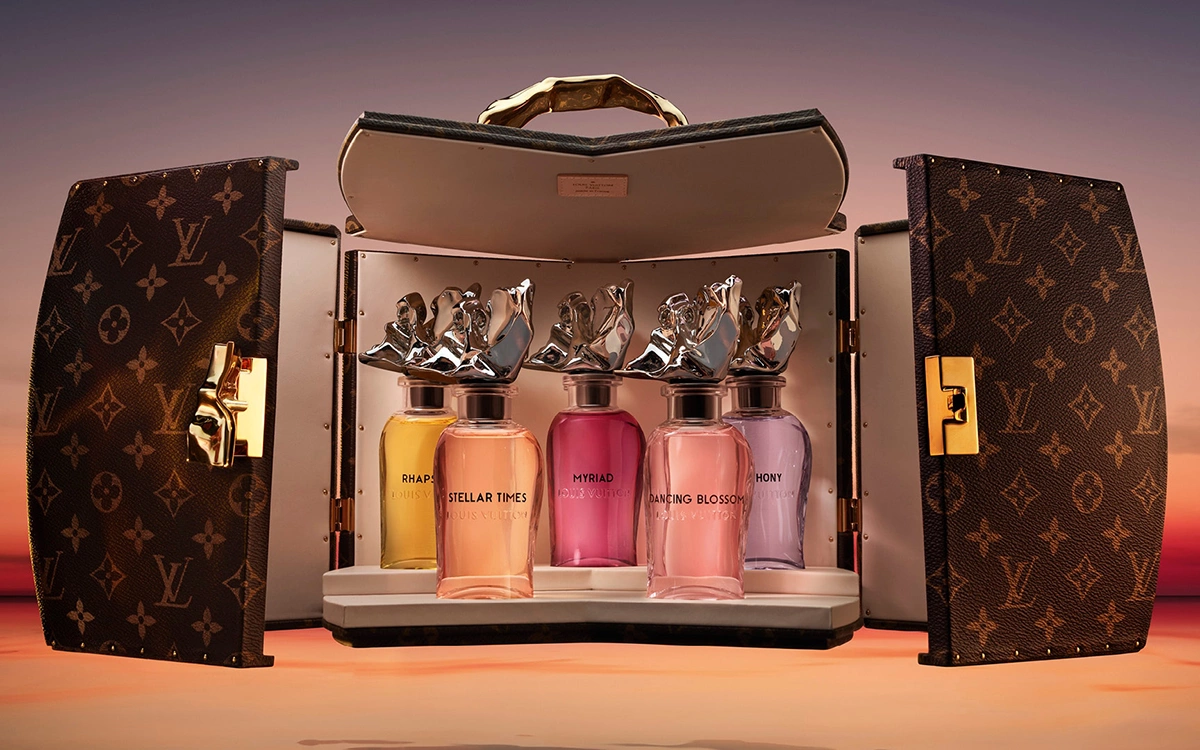
Louis Vuitton’s journey began in 1854 in Paris, where Louis Vuitton, a young trunk-maker, founded his own brand. Vuitton initially worked as a box-maker and packer for the wealthy Parisian elite. His innovative designs, particularly the flat-topped trunks that were easier to stack and travel with, quickly became a hit. Before this, trunks had domed tops, which made them difficult to store efficiently.
Vuitton’s trunks were not only practical but were also designed with aesthetics in mind. They featured a sturdy, lightweight structure, and the iconic canvas material soon became synonymous with the brand. The signature “Monogram” pattern, introduced in 1896 by his son, Georges Vuitton, became a hallmark of the brand’s luxury appeal.
Louis Vuitton’s dedication to high-quality craftsmanship and innovative design set the tone for what would become one of the world’s most respected and sought-after luxury brands.
Expansion and Innovation: The Growth of a Luxury Empire

In the early 20th century, Louis Vuitton’s company flourished, thanks to Georges Vuitton’s vision of branding and expanding into new markets. One of the brand’s most significant milestones came in 1924 when it introduced the Keepall bag, which became a classic symbol of travel and luxury.
Louis Vuitton’s commitment to quality and design was key to its early success. As the brand continued to expand its offerings, it attracted royalty, artists, and celebrities, solidifying its status as a premium label. The brand’s luggage, handbags, and accessories became essential for high society.
By the mid-20th century, Louis Vuitton was already a renowned name in fashion. However, its path to becoming the luxury powerhouse we know today was far from over. The brand’s strategy of innovation and collaboration would soon play a major role in its expansion into new product categories, further enhancing its reputation.
The Role of Artistic Directors: The Rise of Louis Vuitton’s Luxury Appeal
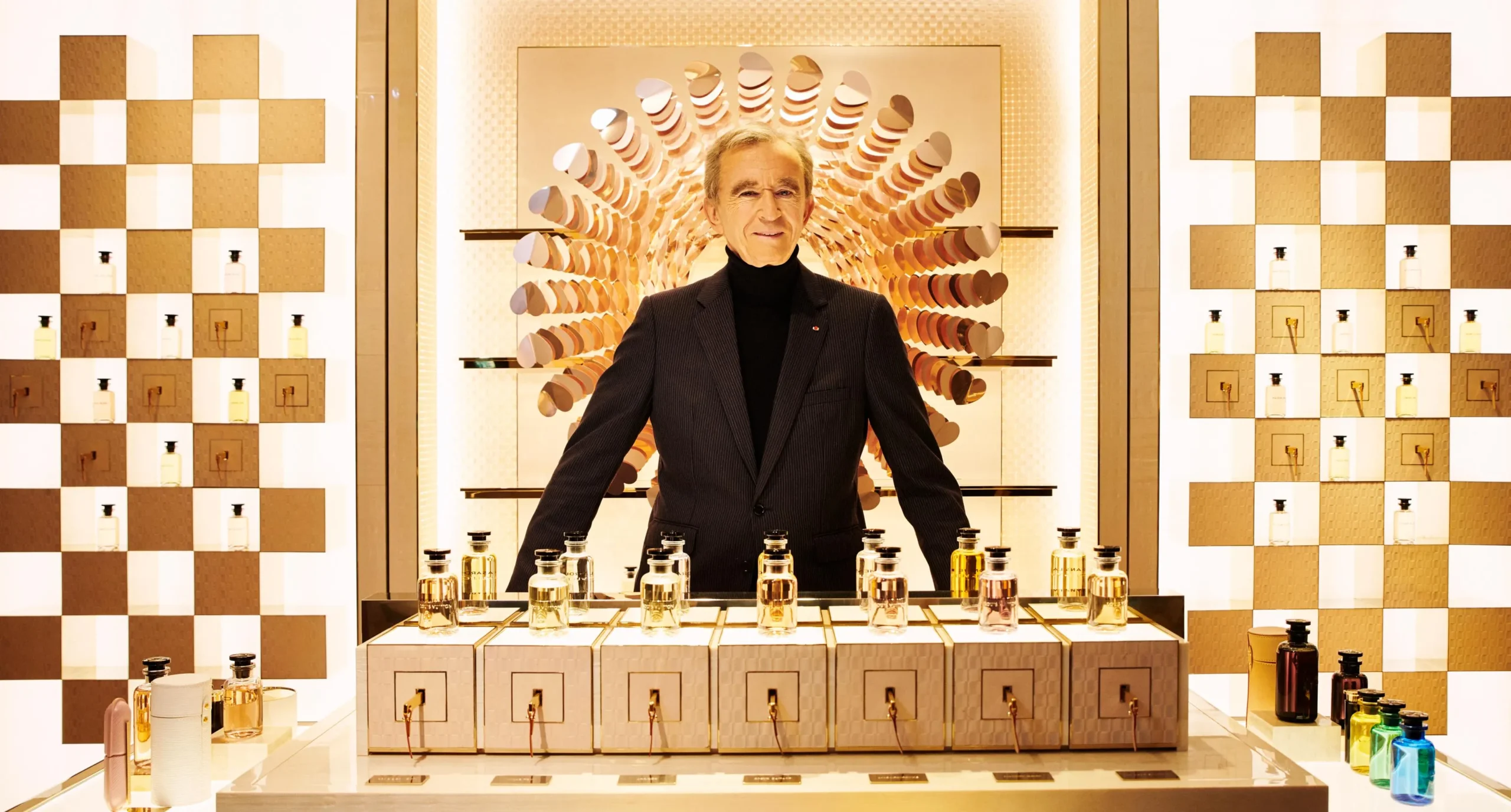
The real turning point for Louis Vuitton came with the introduction of the first artistic director in 1997. Marc Jacobs, who was appointed as the creative director of Louis Vuitton, changed the brand’s trajectory forever. Jacobs understood the importance of blending the heritage of Louis Vuitton with modern sensibilities, and his collaborations with artists like Stephen Sprouse and Takashi Murakami played a pivotal role in shaping the brand’s image.
Under Jacobs’ leadership, Louis Vuitton expanded from being just a luxury luggage brand to a complete luxury fashion house, offering ready-to-wear collections, shoes, jewelry, and even fragrances. His collaboration with Murakami, which featured colorful, whimsical takes on the brand’s monogram pattern, is still one of the most iconic collections in Louis Vuitton history.
In 2013, after Marc Jacobs’ departure, Nicolas Ghesquière took over as creative director. His appointment continued Louis Vuitton’s tradition of combining innovation with timeless craftsmanship. Ghesquière introduced new silhouettes, textiles, and bold designs that attracted a younger demographic while still appealing to loyal customers who appreciated the brand’s classic heritage.
Louis Vuitton in the Modern Era: A Luxury Brand with a Global Reach
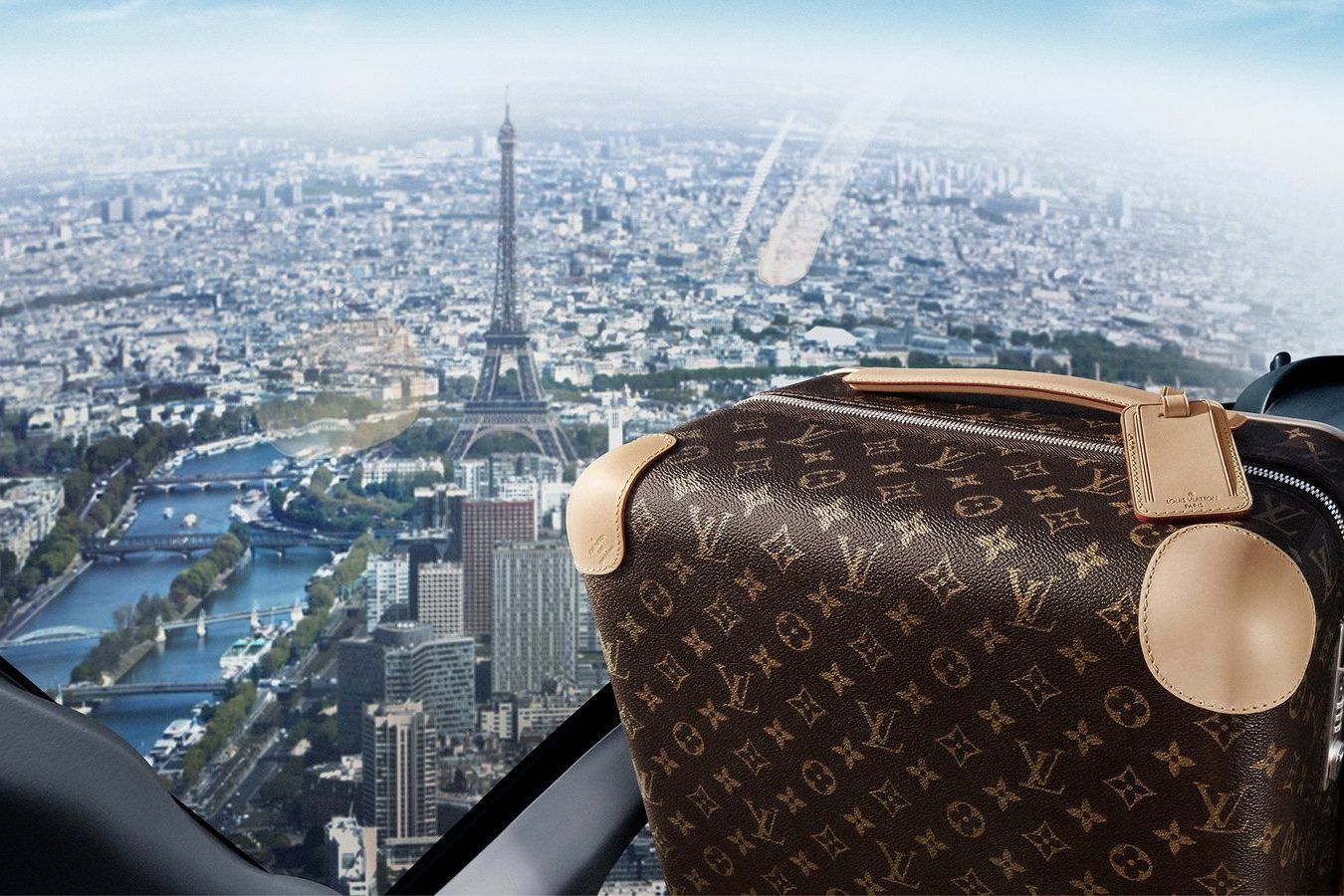
Today, Louis Vuitton has grown into a fashion empire. Its global presence includes flagship stores in the world’s most prestigious shopping districts, and its products are available in luxury retail outlets across the globe. Despite its massive scale, the brand has remained true to its founding principles of craftsmanship, quality, and exclusivity.
Louis Vuitton continues to be a symbol of prestige, and its product offerings remain some of the most sought-after items in the luxury market. Handbags like the Speedy, Neverfull, and Alma bags have become modern-day icons, with limited edition releases creating waves of excitement and demand. Louis Vuitton’s commitment to exclusivity, paired with its history of quality craftsmanship, makes its products a rare and highly coveted luxury commodity.
Louis Vuitton and Sustainability: Fashion with a Conscience
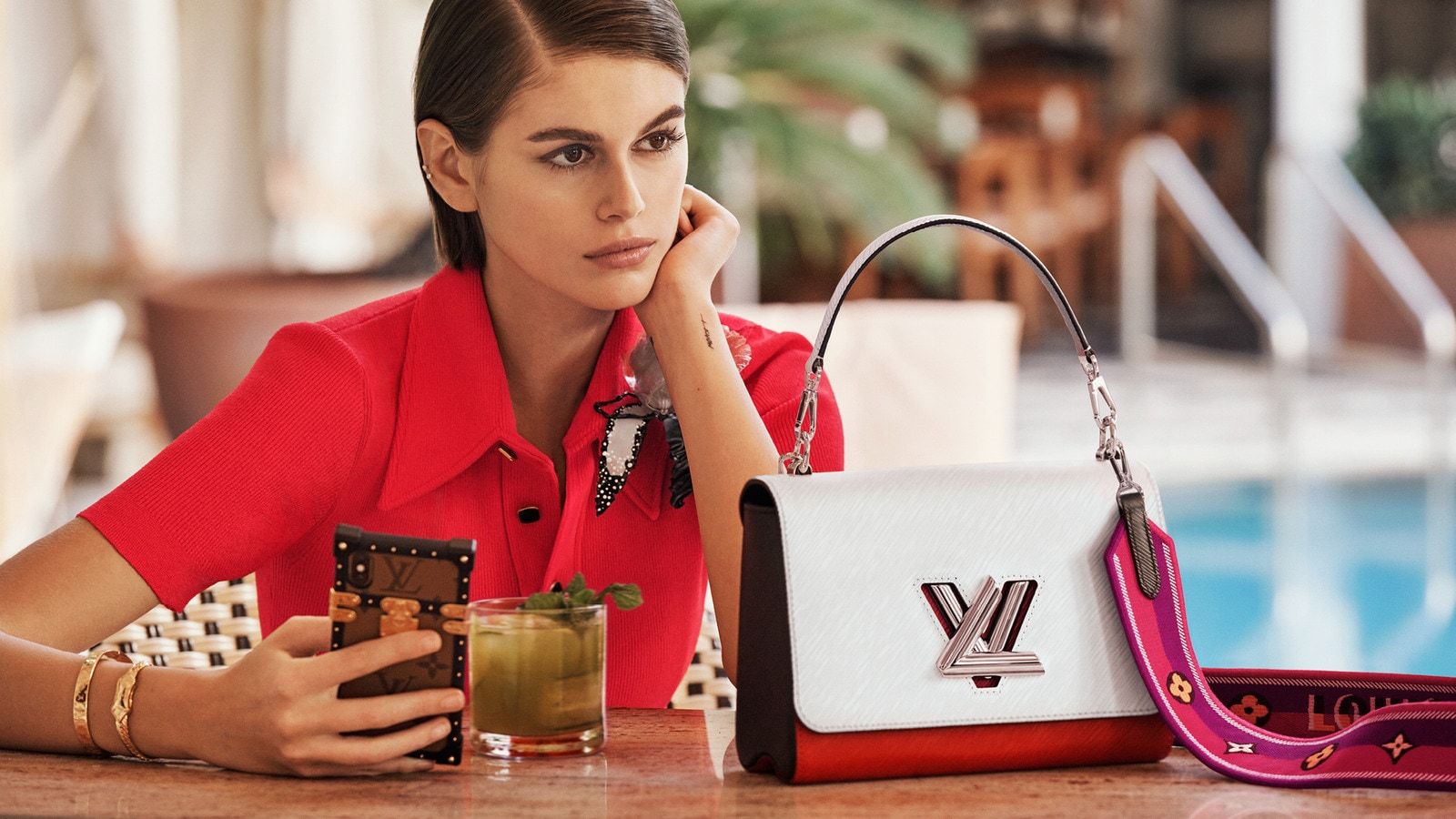
As the fashion industry increasingly shifts toward sustainability, Louis Vuitton is striving to keep pace with these changes. While its commitment to craftsmanship and quality is long-established, the brand has begun taking significant steps toward sustainability in its production methods. Louis Vuitton, under the umbrella of LVMH (Moët Hennessy Louis Vuitton), has committed to sourcing sustainable materials and reducing its environmental footprint.
In recent years, Louis Vuitton has embraced eco-friendly practices, including using sustainable leather and offering more environmentally responsible packaging. The brand also focuses on ensuring that its products are designed to last, contributing to its ethos of creating timeless pieces that transcend trends.
Though the luxury fashion industry faces growing pressure to address environmental concerns, Louis Vuitton’s efforts in sustainability represent a significant step toward balancing its luxurious image with the growing demand for eco-conscious practices in fashion.
Louis Vuitton Collaborations: Elevating Streetwear and Luxury
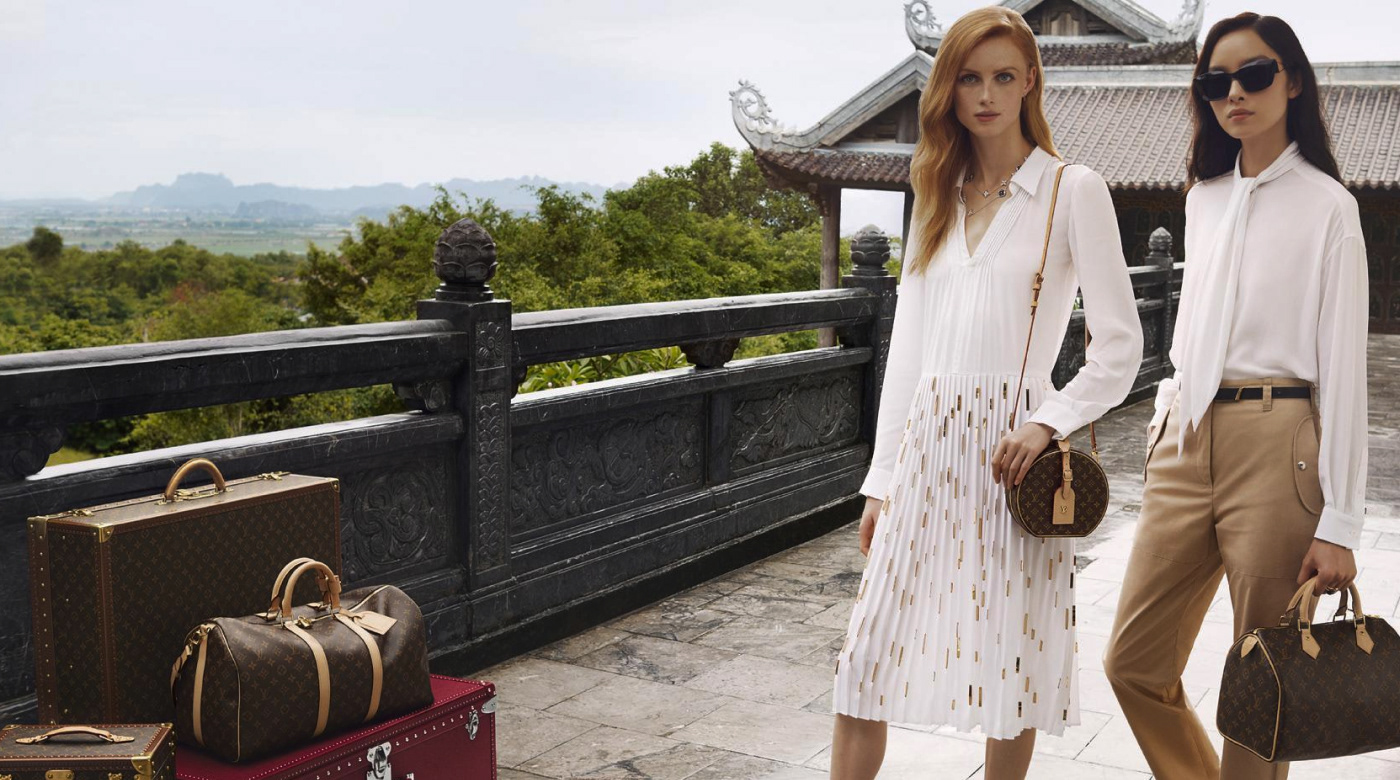
One of the key factors behind Louis Vuitton’s continued relevance in the 2020s is its collaborations with influential artists, designers, and brands. These collaborations have bridged the gap between luxury and streetwear, attracting a broader audience.
Perhaps one of the most notable collaborations in recent years was with Virgil Abloh, the late designer who made history as the first Black artistic director of Louis Vuitton’s men’s division. Abloh’s work brought a modern, street-savvy sensibility to the traditionally formal brand, creating a unique fusion of luxury and urban culture. His designs were groundbreaking, and his influence on the brand will be felt for years to come.
Other high-profile collaborations, such as those with Supreme, have further propelled Louis Vuitton into the streetwear realm. These limited-edition collections have sparked a frenzy among fashion enthusiasts, with Louis Vuitton effortlessly blending high-end craftsmanship with contemporary street style.
Louis Vuitton’s Digital Transformation: Embracing the Future of Fashion
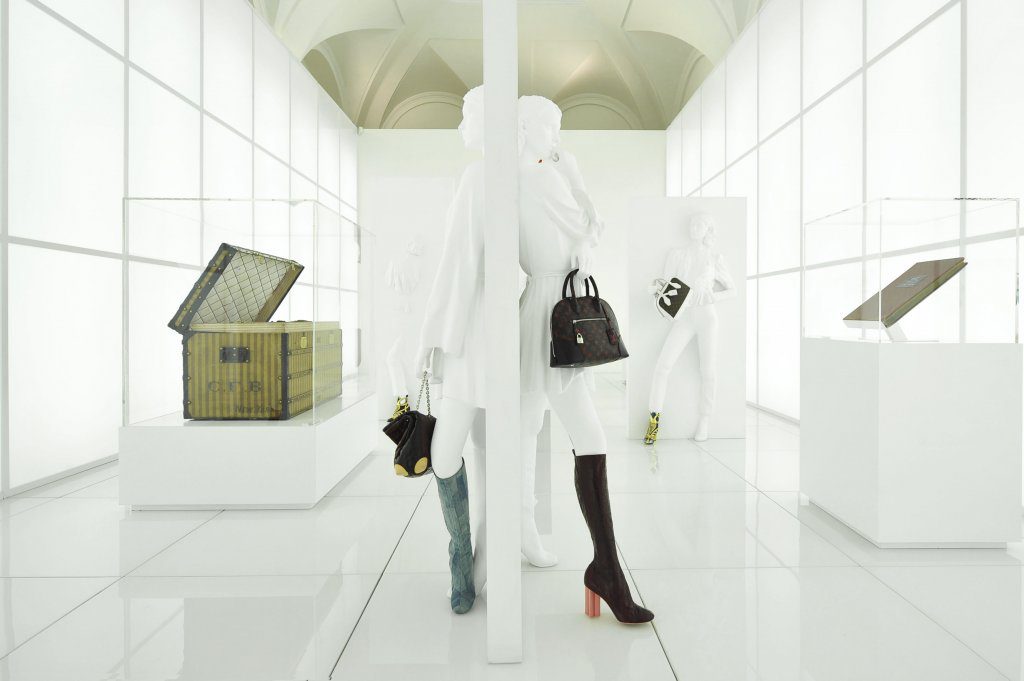
In recent years, Louis Vuitton has embraced digital platforms, recognizing the importance of online shopping and social media in reaching a global audience. The brand’s digital transformation includes an enhanced online shopping experience, social media campaigns that highlight its luxury status, and digital storytelling that emphasizes its rich heritage.
Louis Vuitton’s commitment to innovation extends beyond the physical world. The brand was one of the first luxury houses to embrace virtual fashion, creating digital designs for gaming and online worlds. This forward-thinking approach is a clear indication that Louis Vuitton understands the importance of staying relevant in an increasingly digital-first world.
Why Louis Vuitton Remains a Top Luxury Brand in 2024
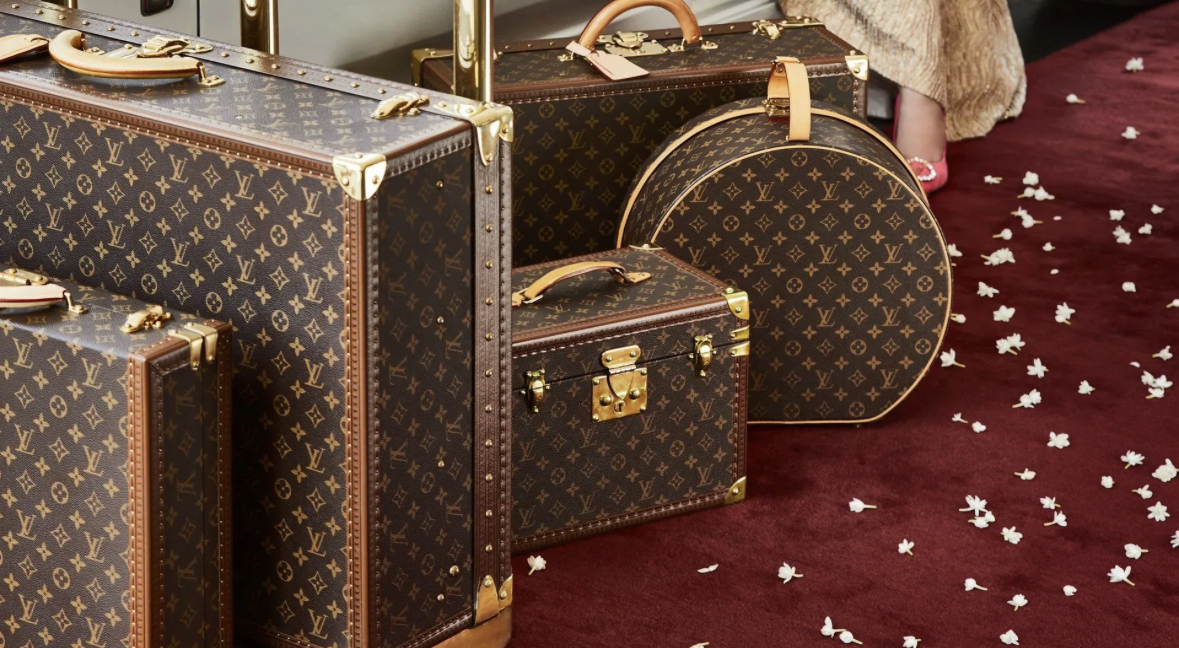
As we move further into 2024, Louis Vuitton continues to be at the forefront of the fashion world, maintaining its status as a top-tier luxury brand. Its timeless monogram and commitment to quality have allowed the brand to endure over the years, and its ability to innovate while staying true to its roots ensures its ongoing dominance in the fashion industry.
The brand’s ability to adapt to changing trends while preserving its legacy is what sets it apart from other luxury labels. Louis Vuitton has consistently offered modern twists on classic designs, making it a go-to brand for both traditional luxury consumers and younger, more fashion-forward buyers.
Louis Vuitton’s collaborations with designers, artists, and other fashion entities show that it is not content to rest on its laurels. Instead, the brand is constantly evolving and pushing the boundaries of luxury fashion. Whether it’s in terms of sustainability, digital engagement, or streetwear collaborations, Louis Vuitton has proven that it can thrive in a rapidly changing fashion landscape.
Conclusion
Louis Vuitton is more than just a luxury brand – it is a cultural phenomenon. Its legacy of craftsmanship, innovation, and style has earned it a place at the top of the fashion world, and its ability to evolve with the times has ensured its continued relevance. From its origins as a trunk-maker to its current status as a global luxury powerhouse, Louis Vuitton has proven that it is not just about making products; it’s about creating pieces of art that stand the test of time.
Louis Vuitton remains a symbol of exclusivity, sophistication, and luxury. Its influence in the fashion world continues to be unmatched, and its collaborations, sustainability initiatives, and digital advancements indicate that the brand is ready to lead the luxury industry for years to come. Whether you’re a fashion connoisseur or someone looking to invest in timeless pieces, Louis Vuitton remains the epitome of luxury style.
FAQs
What is Louis Vuitton known for?
Louis Vuitton is known for its luxury handbags, luggage, and accessories. The brand is particularly famous for its iconic monogram canvas and commitment to high-quality craftsmanship. Over the years, it has expanded into ready-to-wear fashion, shoes, jewelry, and fragrances, establishing itself as a global symbol of luxury and style.
When was Louis Vuitton founded?
Louis Vuitton was founded in 1854 by Louis Vuitton, a Parisian trunk-maker. Initially, the brand specialized in crafting high-quality trunks for travelers, which quickly became a symbol of luxury due to their innovative design and practicality.
Who is the current creative director of Louis Vuitton?
As of 2024, the creative director for Louis Vuitton’s women’s division is Nicolas Ghesquière, while the men’s division was led by Virgil Abloh until his untimely passing in 2021. The men’s division is now managed by Pharrell Williams, who took over in 2023, bringing his unique perspective to the brand.
What is the Louis Vuitton monogram?
The Louis Vuitton monogram is one of the most recognizable patterns in the fashion world. Introduced in 1896 by Georges Vuitton, the monogram features the initials “L” and “V” along with floral motifs. The pattern is featured on many of the brand’s products, including bags, luggage, and accessories, symbolizing luxury and timeless style.
How much does Louis Vuitton cost?
Louis Vuitton products are known for their high price points due to their craftsmanship, premium materials, and exclusivity. Prices for Louis Vuitton bags range from a few hundred dollars for small accessories to several thousand dollars for large bags or limited-edition collections. The brand’s limited-edition releases can be even more expensive.
Is Louis Vuitton sustainable?
Louis Vuitton has made strides toward sustainability in recent years. The brand has committed to using more eco-friendly materials, including sustainable leather and responsible packaging. Additionally, Louis Vuitton focuses on creating high-quality products designed to last, helping to reduce waste and the need for frequent replacements.
What are some of Louis Vuitton’s most iconic products?
Some of Louis Vuitton’s most iconic products include:
The Speedy bag: A classic handbag known for its timeless design and versatility.
The Neverfull tote: A popular, spacious tote bag ideal for everyday use.
The Alma bag: A structured bag that exudes elegance and sophistication.
The Keepall bag: A luxurious travel bag that has become a symbol of high-end travel.
How can I tell if my Louis Vuitton item is authentic?
To verify the authenticity of a Louis Vuitton product, check the stitching (which should be even and precise), the hardware (which is often engraved with the Louis Vuitton logo), and the label inside the product (which should feature high-quality craftsmanship). Louis Vuitton items also come with a serial number, which can be cross-referenced with the brand’s records to confirm authenticity.
What are Louis Vuitton’s most popular collaborations?
Louis Vuitton is known for its high-profile collaborations with designers and artists. Some of the most famous collaborations include:
Takashi Murakami (2003): A colorful and playful reinterpretation of the brand’s iconic monogram.
Marc Jacobs (1997-2013): The collaboration with Marc Jacobs led to the expansion of Louis Vuitton into fashion beyond luggage, introducing ready-to-wear collections.
Supreme (2017): A highly successful collaboration blending streetwear and luxury.
Virgil Abloh (Men’s collections, 2018-2021): The collaboration between Louis Vuitton and Virgil Abloh merged luxury fashion with street culture, bringing a fresh and modern edge to the brand.
Where can I buy Louis Vuitton products?
Louis Vuitton products are sold in brand boutiques located in major cities worldwide, such as Paris, New York, Tokyo, and London. The brand also operates an official online store where you can purchase items directly. Due to the brand’s exclusivity, its products are also available in select high-end department stores and luxury retail outlets.


